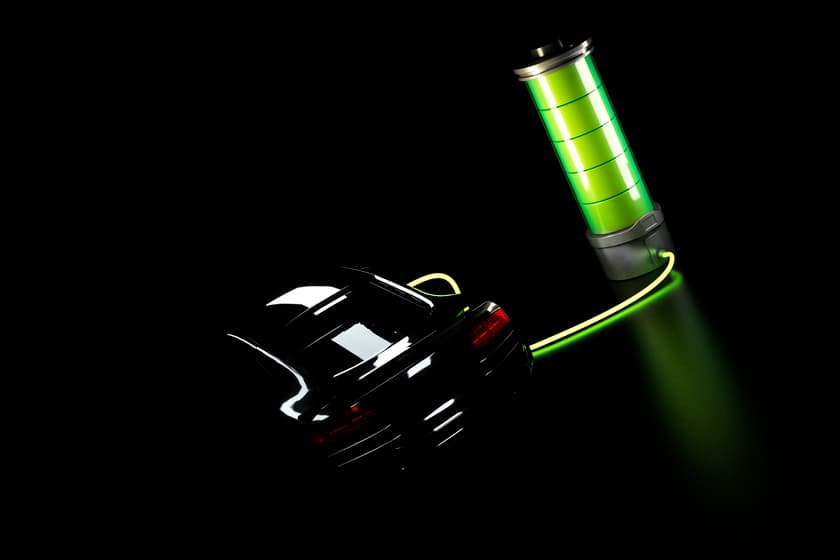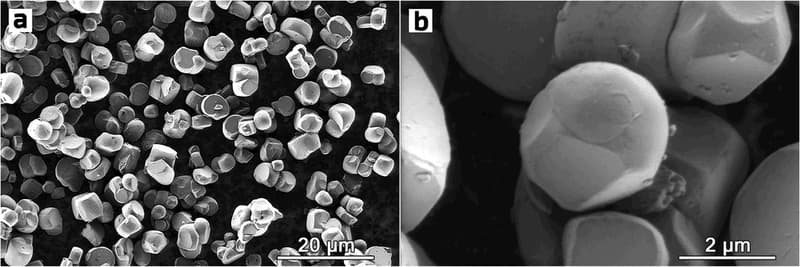
Scientists tinkering with commonly used battery materials have come up with a way of tweaking their microstructures to improve energy density. The work points the way to electric vehicles that can travel farther on each charge, with the scientists hopeful further experiments can boost the performance even further.
The work was carried out by scientists at the Skolkovo Institute of Science and Technology and focuses on one of the battery's two electrodes, called the cathode. In many lithium-ion batteries, this electrode is made of layered transition metal oxides known as NMCs that are rich in nickel and made up of octahedron-shaped particles.
This means that when two of these particles come together, there are inevitably empty spaces at the boundaries as none will fit together seamlessly. The scientists were able to alter the configuration of two common NMCs by tweaking the synthesis procedure, carefully integrating inert salt to promote the formation of spherical particles over octahedron-shaped ones.
“Our material is a single-crystal NMC with spherical particles, combining the best of both worlds as far as maximizing density goes,” explained study co-author Aleksandra Savina. Unlike polycrystals, the powder particles don’t have internal structure, so there are no wasted spaces at grain boundaries. But on top of that, you can also pack more spherically shaped single crystals into the same limited volume than octahedron-shaped ones, so you get more density on that account, too.”

Microscopic images of the spherical particles making up a promising new battery electrode Ivan Moiseev et al./Energy Advances
According to the team, this new cathode material offers an increase in energy density of up to 25%. The scientists suspect that even more energy can be packed into the same volume through further experimentation with the particle size, perhaps mixing smaller and larger ones to further increase the cathode’s density. Another useful feature of the design is the spherical particles minimize surface contact with the battery’s electrolyte, slowing the cathode’s degradation.
“Cathode materials are an important bottleneck as far as electric vehicle batteries are concerned,” said principal investigator Professor Artem Abakumov. “The cathodes in batteries powering electric cars tend to use layered transition metal oxides, including nickel-rich ones. We improved two commonly used materials of this kind, achieving a 10%-25% increase in energy density. This translates into smaller cathodes, more compact batteries, and therefore greater energy storage capacity for the same volume. As an added bonus, the material is slower to deteriorate.”
The research was published in the journal Energy Advances.